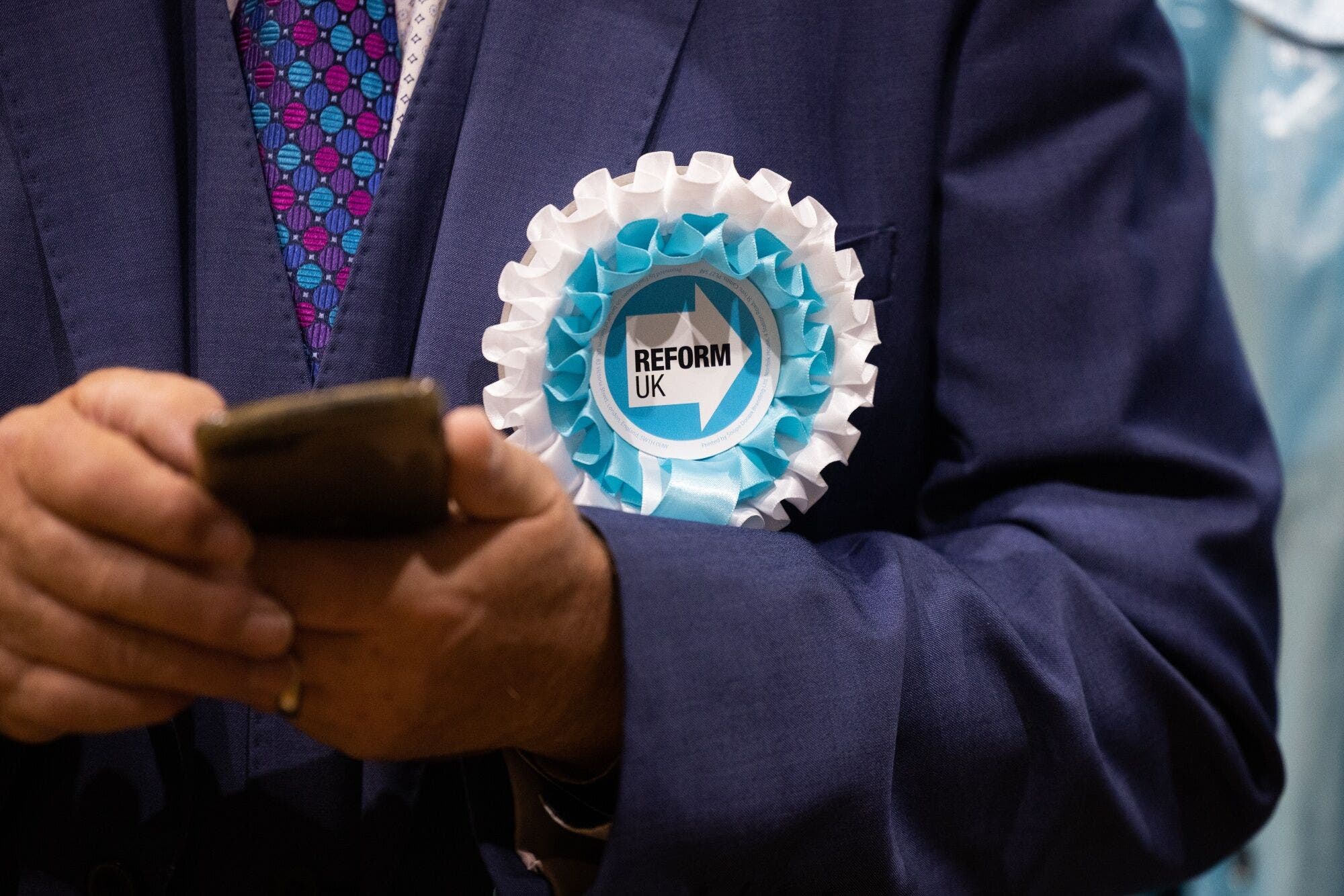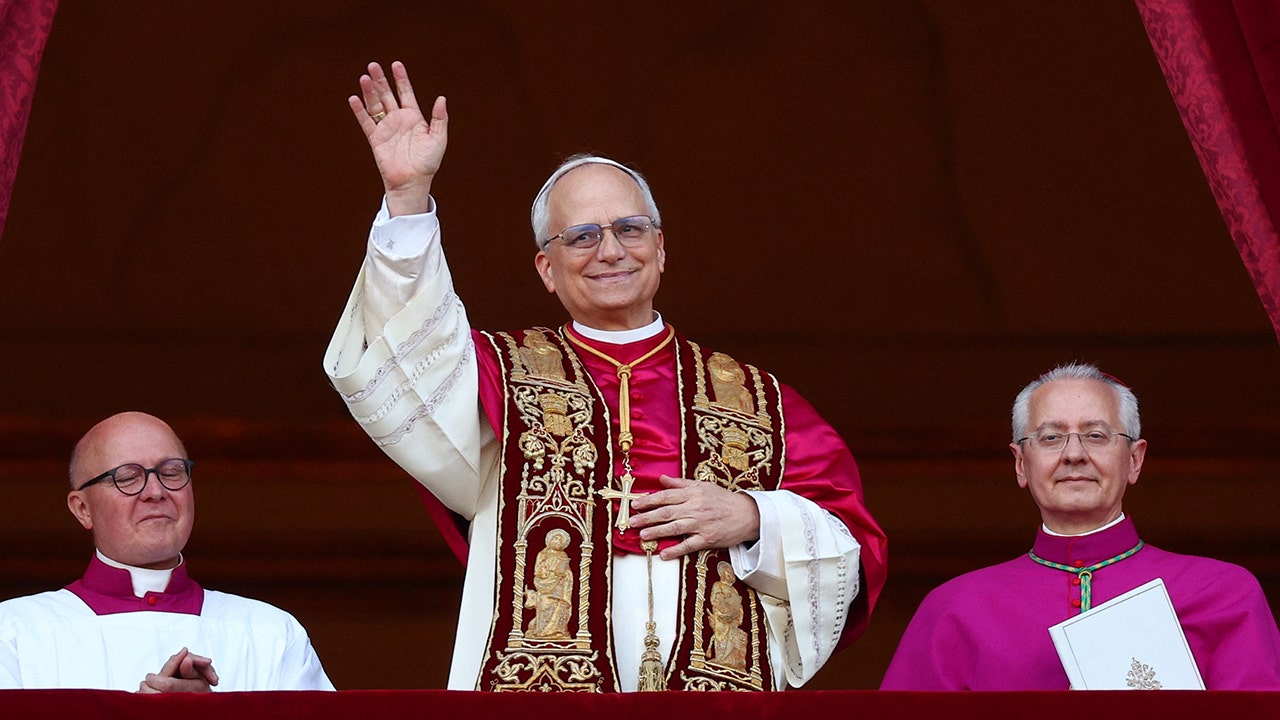Six decades ago, when Singapore was emerging as an independent nation, it was one of the poorest cities in Southeast Asia. Three out of four residents lived in overcrowded and filthy slums. The ramshackle houses had tin walls and were known as squatters.
Today, Singapore is a wealthy, modern city where roughly half of its 6 million people live in well-constructed high-rise apartments that were built by the government. These subsidized apartments are typically bright and airy, and defy most perceptions of public housing projects. Most are effectively owned by their occupants, a testament to their affordability.
But over the past 15 years, prices in the secondary market have soared 80 percent. As of early May, 54 of these apartments have sold for more than 1.35 million Singaporean dollars, or $1 million. They are sought after because they are spacious, in good locations, and are still cheaper than private condominiums of a similar size.
While these million-dollar apartments represent a tiny fraction of all transactions, they have nonetheless captured the imaginations of many Singaporeans and amplified worries about the affordability of housing in one of the world’s most expensive cities. Some residents are also anxious that the values of their apartments will drop because the units are sold on a 99-year lease and eventually have to be returned to the government.
Here’s what you need to know about Singapore’s public housing system.
They encourage conversations between neighbors.
Singapore’s Housing and Development Board over time has put up hundreds of thousands of apartments in housing projects. The developments are organized as “new towns,” self-contained neighborhoods with restaurants, shops, schools and religious institutions. A town center typically has a clinic, a bus terminal, a subway station or a mall.
Singapore builds and sells a variety of these apartments — known as H.D.B. flats — to suit different household needs and budgets. The heights of the buildings vary, but, typically, the size of the apartments ranges from 32 square meters, or about 340 square feet to 130 square meters for a three-bedroom apartment with two bathrooms. There is also a four-bedroom, three-bathroom apartment for multigenerational families that measures 115 square meters.
Many owners are very proud of their homes, the insides of which are regularly featured in interior design magazines in Singapore.
The apartments run along a wide corridor that is split into six to eight units, to encourage conversation among neighbors. On the ground floor of each block is a “void deck,” an open space where children can play tag and residents can interact with their neighbors.
The grounds are clean and well maintained, and older estates are regularly given facelifts. “This is why, unlike public housing projects elsewhere in the world, our H.D.B. estates never turn into slums or ghettos,” Lee Hsien Loong, who stepped down as prime minister this month, said in his last major speech to the nation.
But ministers have previously made clear that the upgrading of facilities such as elevators is contingent on electoral support for the governing People’s Action Party, which has been in power since Singapore’s independence.
They are entwined with the country’s success.
Singapore started building subsidized housing in the late 1940s. Over the next decade it constructed 20,000 subsidized apartments, but they barely met the needs of its roughly 1.6 million people at the time, who were still living in squatters. Another 31,000 flats were built after the H.D.B. was set up in 1960.
In 1964, the government introduced the Home Ownership for the People Scheme, which became the cornerstone of Singapore’s public housing policy. Lee Kuan Yew, Singapore’s founding father, believed that homeownership would give every citizen a stake in a country of immigrants with no shared history.
A few years later, in a bid to help more people become homeowners, the authorities allowed citizens to use their savings from a government retirement fund to pay for the down payment and monthly mortgage installments for an apartment. It also introduced other programs and grants to help low-income families. And by 1985, virtually every Singaporean was living in a home.
The government is trying to increase affordability.
Last year, the government introduced more housing grants to help first-time buyers and families buy homes in the secondary market. Lawrence Wong, who is now the prime minister, acknowledged then that some Singaporeans wanted to buy resale apartments for their first home but found prices too high.
To deal with high demand for apartments in preferable locations, Mr. Lee, the previous prime minister, announced last August that the government would impose new rules to restrict sales. They go into effect in the second half of this year. Owners of these units will be able to sell them only after living in them for 10 years. In addition, the government would impose an income ceiling for buyers in the secondary market, in line with the restrictions that it has for buyers of new flats.
In a statement, Singapore’s Housing and Development Board said the three rounds of cooling measures that it has implemented since 2021 have resulted in resale prices increasing at a slower rate of 4.9 percent in 2023, compared to 10.4 percent in 2022. It said that it expects the housing market “will continue to stabilize in the coming year” because of a significant supply of new homes.
Few buyers have to put up a lot of cash.
The government typically proposes new projects and then holds a lottery for prospective buyers. These apartments are called “build-to-order” (B.T.O.) flats, and demand often outstrips supply. Successful applicants can then select the location and size of the apartment in the proposed sites. Construction begins when buyers have signed up for about 70 percent of the units. Last year, the median waiting time for an apartment to be ready was three years and 10 months.
Because many Singaporeans use savings from their government-run retirement funds to buy a home, few have to put up a lot of cash. Depending on household incomes, families that are eligible first-time buyers can obtain housing grants of up to 80,000 Singaporean dollars, or roughly $60,000.
A two-bedroom flat sold by the government in the west side of Singapore goes for roughly 202,000 Singaporean dollars ($150,000) before grants.
There are restrictions on buyers.
The Singapore government has used public housing incentives to encourage the formation of families and racial integration.
It imposes strict rules on who can apply for B.T.O. flats, namely: heterosexual Singaporean couples who are either married or engaged; couples with children; couples who want to live with their parents; and orphaned siblings. Buyers of these apartments have to live in it for a minimum of five years before they can sell.
For years, the government did not allow single people to buy these apartments, but it gradually relaxed the rules over time. Last August, Mr. Lee said singles 35 and older could buy one-bedroom apartments in any location, starting in the second half of this year. Previously, they were allowed to buy only in a dozen developments with fewer amenities.
In 1989, the government enacted a policy requiring each block or neighborhood to have a minimum quota of each of the main ethnic groups in the city — Chinese, Malay and Indian — to prevent the formation of racial enclaves.
Tharman Shanmugaratnam, the current president, said in 2015 that “the natural workings of society” would have led to “mistrust, discomfort, bigotry and what we see in abundance in many countries in the world today.”
He added: “The most intrusive social policy in Singapore has turned out to be the most important.”
“Once people live together, they are not just walking the corridors together everyday, taking the same elevator up and down,” he said. “Their kids go to the same kindergarten, their kids go to the same primary school.”






